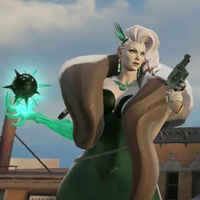Deadlock's lanes are utterly fascinating when it comes to MOBA design, and it's because of its shooter elements—not in spite of them
Cover challenges.
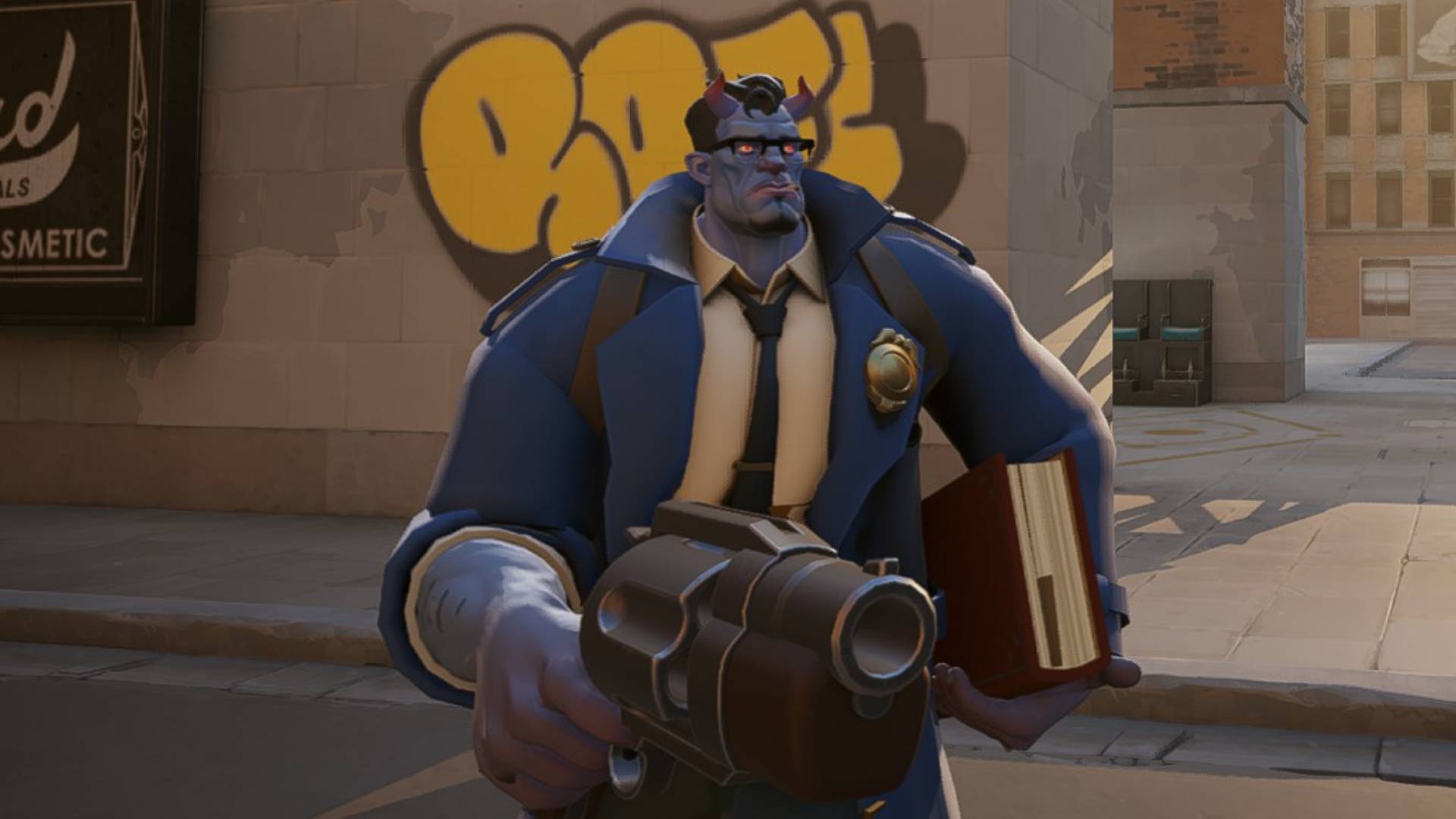
Deadlock is, as players have quickly observed, more MOBA than shooter. But, as someone who sank about 2,000 hours into Dota 2 (though it's been a minute, I stopped in 2019), I can confidently say that its shooter mechanics are still a huge part of what makes it so fascinating: And that's because its lanes, which are very MOBA-like in nature, are utterly transformed by the fact you can run and gun in them.
In case you're unfamiliar, the "laning" phase in a MOBA refers to a match's early game. During this phase, most characters are at their weakest, and the objective is to secure as much "farm"—souls, in Deadlock—as possible. To do this, players score last hits on creeps (Deadlock's troops), apply pressure to their enemies, and try to avoid dying or being forced to run back to base. I am, simply put, obsessed with the way Deadlock handles this phase, because it's so gosh dang interesting.
For example, there's the last-hitting and denying mechanic: If you want to get stronger in Deadlock, you need to last-hit your orbs and deny your enemy's. Turning last-hitting into a competitive shooting gallery, however, directly pits you and your opponent's mechanical skill against each other.
The geography of the lanes, though? That's where the meat of Deadlock is. The more I look at them, the more I feel like I'm observing some kind of forbidden Lovecraftian shape unfolding eldritch game design secrets to me—MOBA brilliance woven in with Valve's years of hard-earned shooter knowledge in games like TF2 and Counter-Strike.
There are a couple of MOBA-y concepts to keep in mind when looking at these things. First up is the concept of chip damage. In a MOBA, health is a crucial resource in your lane. The lower your health, the easier you are to kill, and dying is bad—go figure.
What MOBA greenhorns might not realise in their first games of Deadlock is that, while killing your enemy is the best-case scenario, dinging them enough to send them back to base is also fantastic. This is because it forces them to miss one, maybe two waves of last-hits while you stay a happy farmer.
As such, it's advisable in Deadlock to shoot your opponent as much as possible, even if the damage falloff makes your attacks piddly. In your usual top-down MOBA, your ability to do this is seriously limited by your attack range, but in Deadlock, everyone has a gun. What this means is that any time your character's out of cover, you're inviting potentially lane-ruining damage upon yourself. This makes cover in Deadlock absolutely vital during the early game. If you're in a spot where you can chip away at your enemy and last-hit creeps, you're golden.
The biggest gaming news, reviews and hardware deals
Keep up to date with the most important stories and the best deals, as picked by the PC Gamer team.
Another concept Valve uses in Deadlock is the idea of creep equilibrium. Again, while the metagame in Dota 2 may have shifted since, back when I played it you generally wanted to keep the creepwave close (but not under) your tower—a Guardian, in Deadlock terms. This gives you maximum access to your last-hits, while also giving you a measure of protection against ganks. Here's a terrible image I drafted in MS paint to show you what I mean.
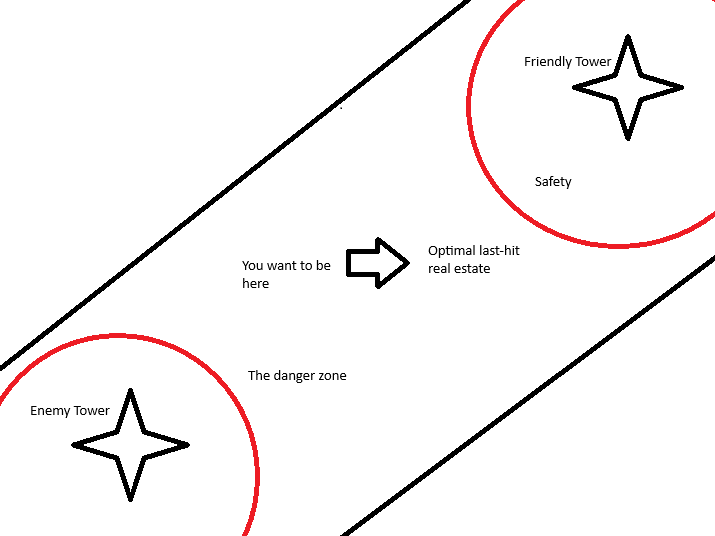
What's diabolical about Deadlock's lane design however is that while, yes, your Guardian does offer a measure of protection, you don't have crap for cover while you're under it.
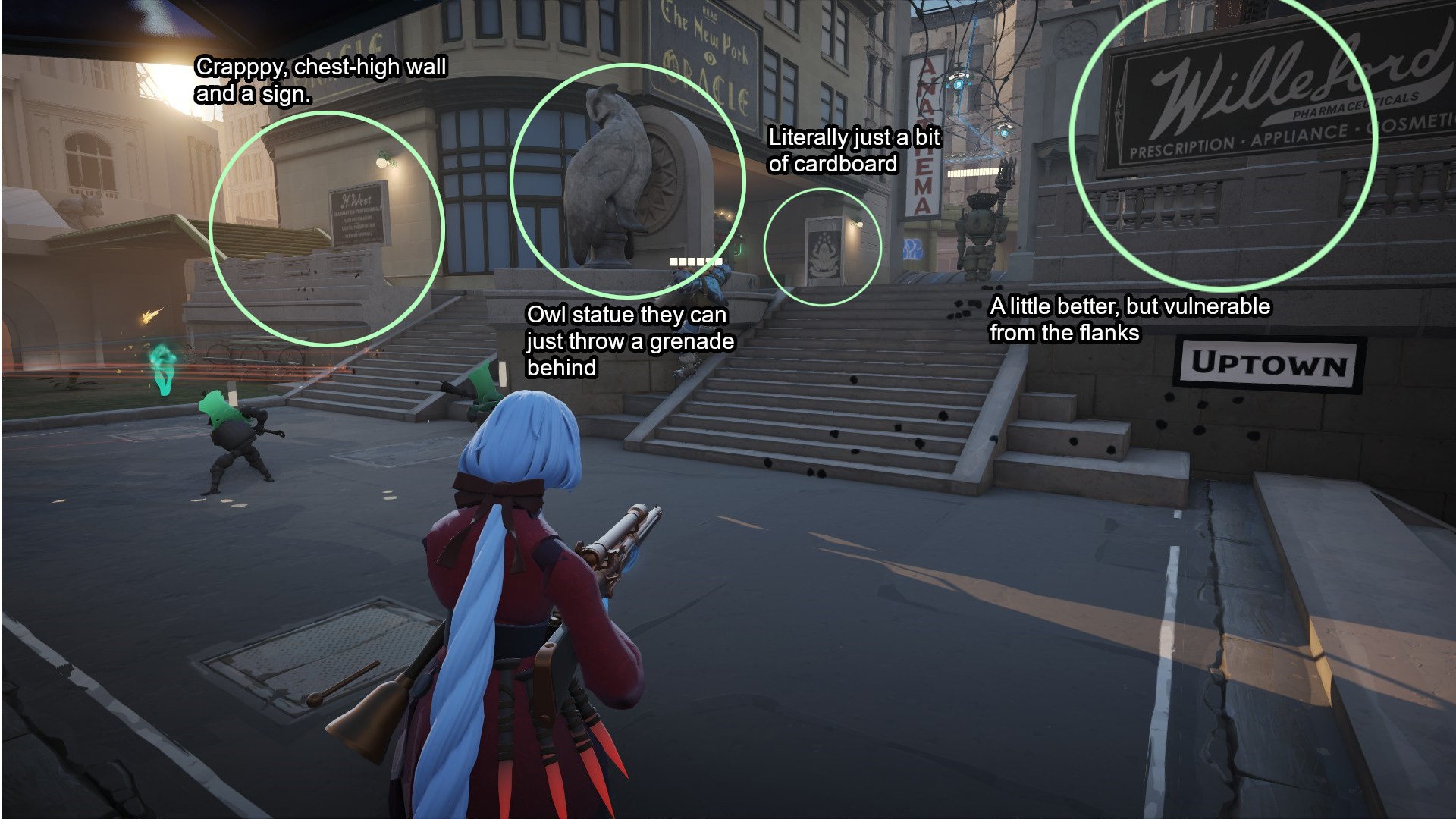
Notice also how there are stairs leading up to the tower, meaning anyone advancing on you naturally has half their hitbox protected by the sheer power of line of sight. Now observe this screenshot of the middle of the lane—I'm going to leave it completely non-annotated, because I think the sheer abundance of cover speaks for itself.
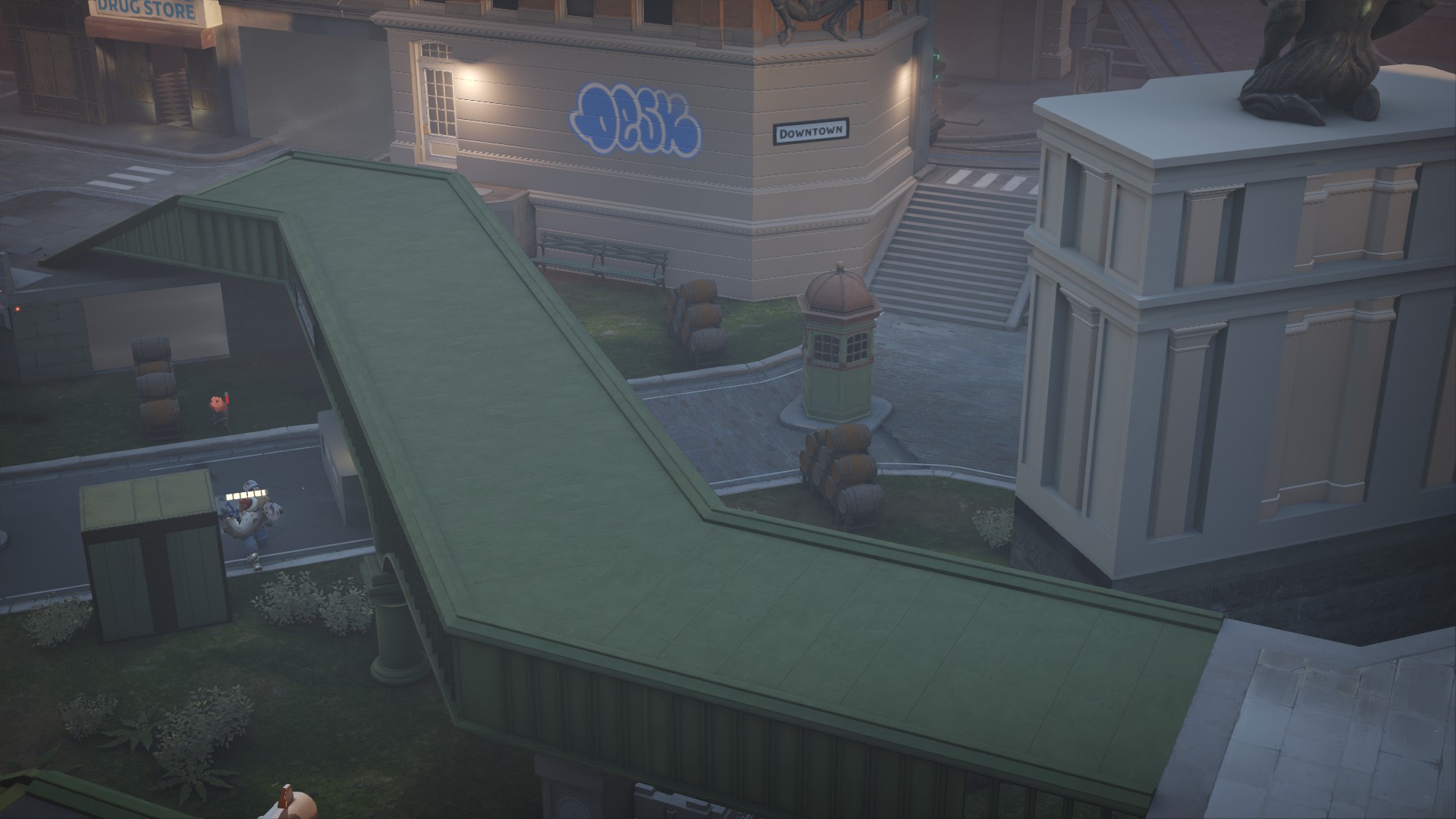
All of this to say, because of Deadlock's shooter elements—the importance of cover and the ability to ding your opponent whenever they aren't behind it—the MOBA wisdom I learnt in my misspent Dota 2 youth has been flipped thoroughly on its head. It's actually better to have your foe sweating under their tower, and the game instead becomes about pushing your wave as far as possible while having bullets in your clip for last-hitting.
Except, the traditional MOBA rule of "if you're pushed, you're over-extended" still applies. This aggressive playstyle gives you easier access to your enemies' hitbox, but it opens you up to roaming ganks from behind. The meta for Deadlock is yet to properly form, and players will often stay in their lanes, but this trade-off is only bound to become more apparent once folks get a grip on when it's a good time to rotate.
This is where I need to disagree with my fellow PC Gamer Morgan Park when he says that Deadlock isn't a shooter—in my eyes, it's a blend of the two genres, placing a layer of deeply impactful skill expression over the wider MOBA metagame to create something completely different. All this to say: The early game of Deadlock has the potential to be the most complex, mind-bending web of tactical decisions in any MOBA I've seen. It's the secret sauce that I think is making Deadlock so moreish—and gee, am I excited to watch pro players play 4D-shooter chess when they optimise every inch of the game's increasingly complex map.
Deadlock beta: How to get in
Deadlock characters: Full heroes and abilities list
Deadlock crosshair: How to customize yours

Harvey's history with games started when he first begged his parents for a World of Warcraft subscription aged 12, though he's since been cursed with Final Fantasy 14-brain and a huge crush on G'raha Tia. He made his start as a freelancer, writing for websites like Techradar, The Escapist, Dicebreaker, The Gamer, Into the Spine—and of course, PC Gamer. He'll sink his teeth into anything that looks interesting, though he has a soft spot for RPGs, soulslikes, roguelikes, deckbuilders, MMOs, and weird indie titles. He also plays a shelf load of TTRPGs in his offline time. Don't ask him what his favourite system is, he has too many.
